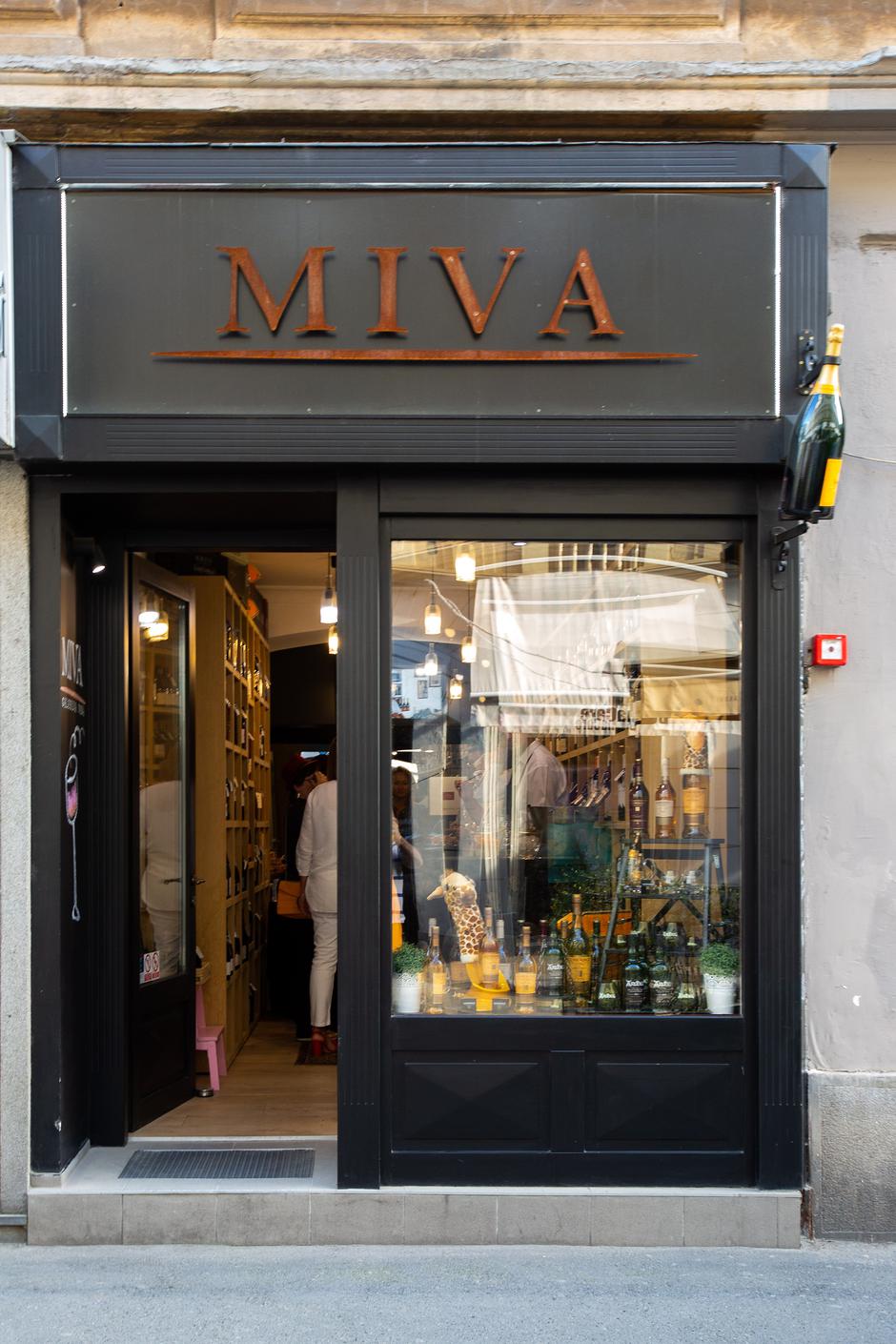

Influenced by the style and technique of the Habans, a now-disappeared Anabaptist community who used to live in the area, it is typically characterised by bold yellows and blues. The most distinctive local style of pottery, known as majolika, is handmade in Modra. For the pick of the crop, the National Collection of Wine in Pezinok sells bottles from its annual selection of Slovakia's best hundred vintages. Local wine can be purchased from the numerous wineshops (vinotéka in Slovak) in Bratislava as well as local centres like Pezinok and Modra. The products that most characterise the region around Bratislava are wine and ceramics. The region’s central location within the mid-European area, good transport access and the functions of international crossing both in road and railway transport, increasing importance of water and air transport and high rate of economic and social growth are amongst the most important development factors of the Bratislava Region.The Malé Karpaty (Small Carpathians) area is famous for it’s wine, cultural monuments and traditional crafts. Geographically, this is a very valuable location at the historical crossing of trading routes – Danubian and north-south, the so called “Amber Route”. The region is located in the south-western part of Slovakia, split by the Little Carpathians which start in Bratislava and continue north-eastwards these mountains separate two lowlands, the Záhorie lowland in the west and the fertile Danubian Lowland in the east. It is the richest region in Slovakia and also the smallest of the eight regions of Slovakia. The aftertaste is primarily fruit-forward, with hints of almond and grass, adding depth, making it even more pleasing, and perfect for serving with food.Ī bottle will cost you approximately 14,50 Eur, and you can order it at Koželj, Hiša Špacapan, Jezeršek, Vinoteka Sodček, Noir Food, Faladur, TuamV, WeVino, Incomepro, Miva, 13vol and 8wines.The Bratislava Region is one of the administrative regions of Slovakia. The wine is semi-dry, with pronounced roundness, at the same time refreshing – with gently tingling bubbles and mineral saltyl-a rosé with structure and a lasting aftertaste of prominent elegance. Its intense bouquet reveals cherries, raspberries, cranberries, rosehip, pomelo, and little fern and almond hints. This results in a cherry-coloured rosé wine with a slight copper tinge and fairly dense texture.

Finally, the must ferment in stainless vats, maintaining its vibrancy in the form of gentle, refreshing perlage and a touch of residual sugar. Grapes are hand-harvested, crushed and shortly macerated to gain colour density. Produced almost exclusively of biodynamically farmed varieties of Cabernet Sauvignon with just a minor spice-up by Cabernet Franc.

Happy international Rosé day! And what better than opening a bottle of one of the most notorious rosés of Slovenia? I’m speaking of Miha Batič‘s expressive, semi-dry rose, which is a perfect companion for hot summer eves.įew are the wines that come to mind when thinking of a style, but when thinking of rosé wine in Slovenia, none comes close in terms of popularity, something it achieved since seeing tables of restaurants for the first time in 1987.


 0 kommentar(er)
0 kommentar(er)
